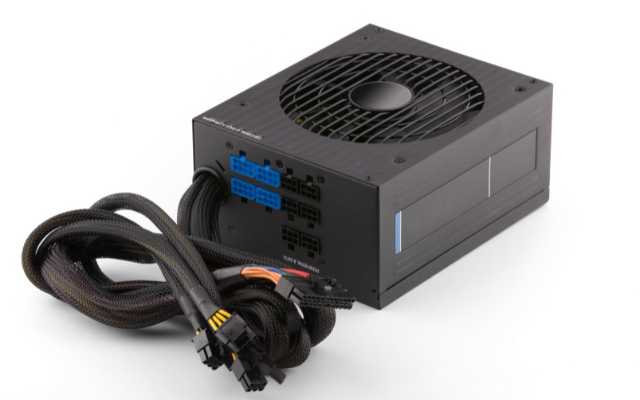How to Fix Common Power Supply Issues: A Guide for PC Builders

As a PC builder, one of the most frustrating issues you can encounter is a power supply problem. Whether it’s a sudden shutdown, a failure to boot, or a mysterious buzzing sound, power supply issues can be difficult to diagnose and fix. Fortunately, many power supply problems can be resolved with some basic troubleshooting. In this article, we’ll take a look at some common power supply issues and how to fix Common Power Supply Issues.
How to Fix Common Power Supply Issues
- The PC won’t turn on One of the most common power supply issues is when the PC won’t turn on at all. This can be caused by a variety of factors, including a faulty power supply, a loose cable, or a blown fuse. To troubleshoot this issue, start by checking that all cables are securely connected to the power supply and motherboard. If everything looks fine, try a different power outlet or surge protector. If the PC still won’t turn on, it’s likely that the power supply itself is faulty and needs to be replaced.
- The PC shuts down unexpectedly If your PC shuts down without warning, it could be a sign of a power supply issue. This is often caused by overheating, which can be the result of a failing fan, a blocked air vent, or a dusty interior. To fix this issue, start by cleaning the interior of your PC with compressed air to remove dust and debris. You can also try reseating the power supply to ensure a tight connection. If these steps don’t resolve the issue, you may need to replace the power supply or install additional fans to improve ventilation.
- The PC makes strange noises If your PC is making buzzing, humming, or other strange noises, it could be a sign of a failing power supply. This is often caused by a worn-out fan or a damaged capacitor. To fix this issue, start by checking the fan for damage or obstruction, and replace it if necessary. You can also check the capacitors for signs of swelling or leaking. If you find any damaged capacitors, you’ll need to replace the power supply.
- The PC won’t boot If your PC won’t boot up, it could be a sign of a faulty power supply or a problem with the motherboard. Start by checking that all cables are connected securely, and that there are no loose components inside the case. You can also try resetting the BIOS by removing the battery from the motherboard for a few minutes. If these steps don’t resolve the issue, you may need to replace the power supply or motherboard.
In conclusion, power supply issues can be frustrating for PC builders, but many problems can be resolved with some basic troubleshooting. By following the steps outlined in this guide, you can identify and fix common power supply issues, and get your PC running smoothly once again. If you’re unsure about how to troubleshoot a power supply issue or feel uncomfortable working on your PC, it’s always best to seek help from a qualified professional.
There are several reasons why common power supply issues can occur in a PC. Some of the most common causes include:
- Overheating: If a power supply becomes too hot, it can fail or cause the PC to shut down unexpectedly. Overheating can be caused by a variety of factors, including a blocked air vent, a failing fan, or a dusty interior.
- Loose cables or connections: If a cable isn’t securely connected to the power supply or motherboard, it can cause power supply issues, such as the PC not turning on or booting up.
- Power surge or electrical issues: Power surges or electrical issues, such as lightning strikes, can cause damage to a power supply, which can result in a variety of problems, such as the PC shutting down unexpectedly or not turning on at all.
- Failing components: Over time, components within a power supply can wear out, which can cause issues, such as strange noises or the PC not booting up.
- Incompatible components: Sometimes, a power supply may not be compatible with other components in a PC, which can cause issues, such as the PC not turning on or shutting down unexpectedly.
- How to Fix a Crashing Game: Tips and Tricks
- How to Fix Common Mouse Issues: A Guide for Gamers
- How to Fix Common Keyboard Issues: A Guide for Gamers
By identifying the underlying cause of a power supply issue, you can take steps to fix the problem and get your PC running smoothly once again. If you’re unsure about how to troubleshoot a power supply issue or feel uncomfortable working on your PC, it’s always best to seek help from a qualified professional.







